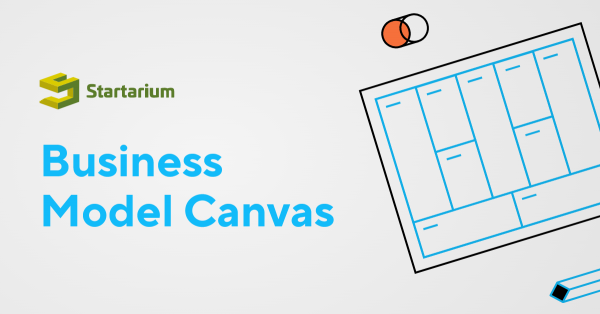Today's workplace is not just the place where people spend their working hours. In faact, it has become a constantly connected atmosphere where employees have easy access to everything they need to get their job done. The line between personal and professional life is blurring, as are the borders between the physical workplace and the area where work actually happens.

This process was certainly accelerated by the pandemic. Today, as the workplace becomes more digital, employees and top management will be able to connect and collaborate in a variety of innovative and efficient ways. This digital workforce facilitates knowledge exchange across the organization by combining effective business ties outside of normal work teams.
While the notion of the digital workplace is currently driving a wide range of projects across various industries, it is still in its infancy. There are several definitions of the digital workplace, some of which are broad in scope and others which focus on specific aspects of the notion.
The digital workplace is the next logical step in the growth of the workplace. It includes all of the tools that employees utilize to execute their duties. HR and core business applications, as well as e-mail, instant messaging, enterprise social media platforms, intranets, and portals, are very strong examples.
The changes in the workplace have been accelerated mainly by 3 emerging trends:
- A workforce that is getting older. As more baby boomers retire, they are leaving behind a lot of information, which is a problem because their expertise and knowledge are critical in establishing the groundwork for future professionals.
- The constant flood of information - Big Data is the buzzword here. Many organizations and employees are finding it challenging to discover what they need, when they need it, as information continues to rise at exponential rates.
- The need for rapid solutions. To get their tasks done and meet deadlines in today's fast-paced work climate, individuals must work quicker and interact more efficiently. Intranets have shown to be quite effective in this area, and digital workplaces are the next logical step.























